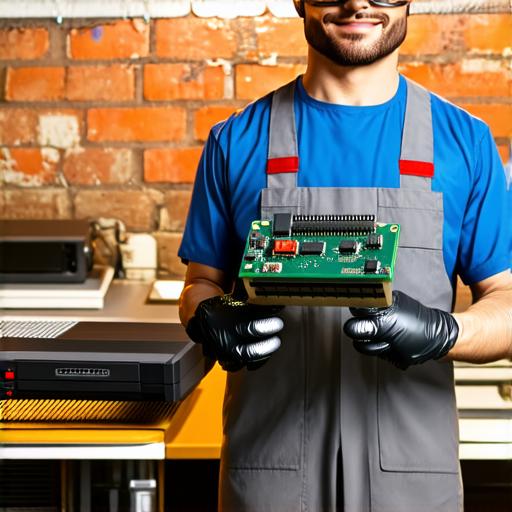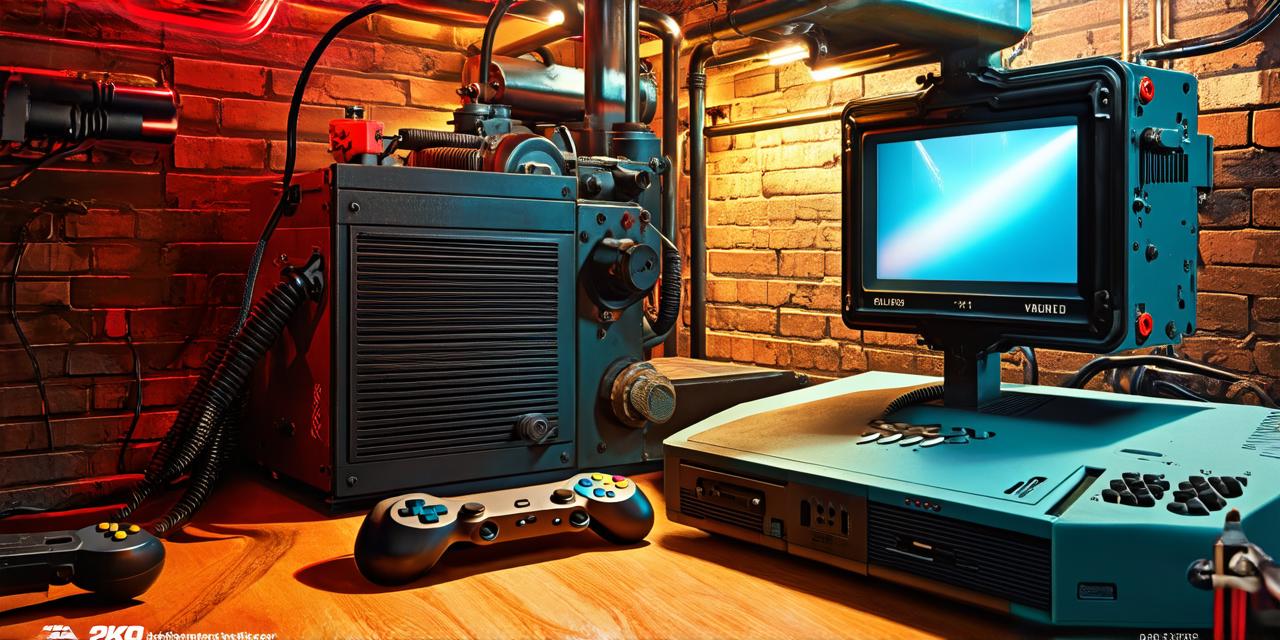Video game consoles have become an integral part of our daily lives. From gaming to streaming and everything in between, these devices have revolutionized the way we consume media.
1. Design and Development
The first step in creating a new video game console is designing the hardware. This involves developing the specifications for the device, including its size, weight, and features. The design team must also consider the target market and what features will be most appealing to gamers.
Once the design is finalized, the development process begins. This involves creating prototypes of the console and testing them to ensure they meet the specifications. The development team must also create software for the console, including the operating system and any games that will be included with the device.
2. Production
Once the design and development process is complete, production can begin. The first step in this process is sourcing the necessary components for the console. This includes everything from microprocessors to memory chips to display screens.
The manufacturing process involves assembling these components into a functional device. This involves soldering, wiring, and other techniques to connect the various components together. The final stage of production is testing the console to ensure it meets all specifications and is ready for release.
3. Packaging and Shipping
Once the console has been manufactured and tested, it’s time for packaging and shipping. The console must be packaged in a way that protects it during transportation and ensures it arrives at its destination in good condition.
The packaging process involves designing a box or case that can hold the console and any accessories that come with it. The shipping process involves labeling the package and sending it to the appropriate destination.
4. Maintenance and Support
After a video game console has been released, it’s important to provide maintenance and support to keep it running smoothly. This includes fixing any bugs or issues that arise, as well as providing updates and patches to improve the performance of the device.
In addition, manufacturers may also offer extended warranties or repair services for consoles that experience issues outside of the standard warranty period.
5. Innovation and Evolution
The video game console market is constantly evolving, with new technologies and features being introduced on a regular basis. Manufacturers must stay up-to-date with these developments in order to remain competitive in the market.
One example of this can be seen in the development of virtual reality (VR) consoles, which offer a completely immersive gaming experience. These devices use advanced technologies such as motion tracking and haptic feedback to create a realistic gaming environment.

Another example is the introduction of cloud-based gaming services, which allow users to stream games directly from the internet rather than downloading them onto their console. This eliminates the need for physical storage space and allows users to access a vast library of games without having to purchase them.
Summary
The manufacturing process of video game consoles is a complex and intricate one, involving multiple stages and advanced technologies. From design and development to production, packaging, maintenance, and innovation, every aspect of the process is carefully planned and executed in order to create a high-quality product that meets the needs of gamers.
As video game technology continues to evolve, it’s important for manufacturers to stay up-to-date with new developments in order to remain competitive in the market. By doing so, they can continue to create innovative and exciting consoles that push the boundaries of what is possible in the world of gaming.
